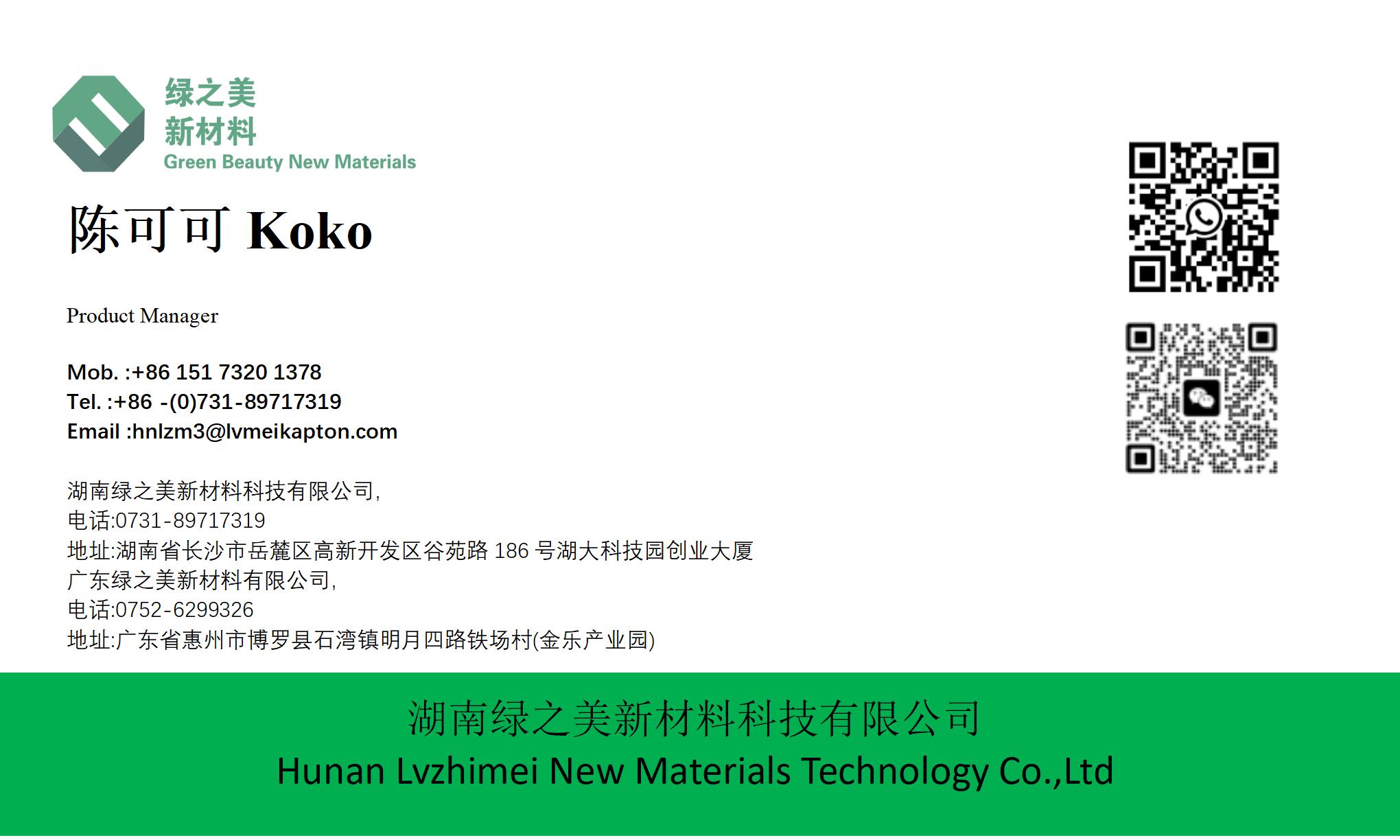



Why Heat Resistance Ratings Matter in PI Tape for Gold Finger Electronics |https://www.lvmeikapton.com/
Why Heat Resistance Ratings Matter in PI Tape for Gold Finger Electronics |https://www.lvmeikapton.com/
PI tape is widely used in gold finger electronics, and its heat resistance ratings play a crucial role in ensuring effectiveness. Gold finger electronics are frequently subjected to various thermal stresses during both operation and manufacturing processes. The heat resistance ratings of PI tape directly impact its ability to protect these critical components.
I. Importance of Heat Resistance Ratings in PI Tape for Gold Finger Electronics
1. Operational Thermal Stresses Electronic devices generate heat during normal use. If PI tape lacks adequate heat resistance, it may degrade over time, leading to a loss of insulation properties. This degradation increases the risk of short circuits and electrical failures. For instance, in high-performance computers or servers, gold finger connections are vital for data transmission. Failure of PI tape to withstand operational heat can compromise system reliability and performance.
2. Manufacturing Process Requirements During manufacturing, gold finger electronics undergo high-temperature processes such as soldering and reflow. PI tape with appropriate heat resistance ratings must withstand these temperatures without melting, deforming, or losing adhesive properties. Inadequate heat resistance can damage gold fingers or impair connection quality, resulting in product failures.
II. Factors Influencing Heat Resistance Ratings of PI Tape
1. Material Composition Polyimide (PI) inherently offers excellent heat resistance, but formulation and manufacturing processes further refine this property. Additives or fillers may enhance thermal stability, while variations in polymer structure can optimize resistance to prolonged high temperatures.
2. Tape Thickness Thicker PI tape generally provides better heat resistance, as it creates a more robust barrier against thermal transfer. However, thickness must be balanced with flexibility and conformability to ensure proper adhesion to gold finger surfaces.
3. Adhesive Quality The adhesive layer significantly impacts heat resistance. Some adhesives degrade or lose tack at high temperatures, so selecting heat-stable adhesives (e.g., silicone-based or acrylic formulations) is critical for maintaining performance under thermal stress.
III. Common Heat Resistance Ratings and Applications
PI tape is available in diverse heat resistance ratings to suit specific gold finger electronics needs. The table below outlines typical ratings, temperature ranges, and applications:
Heat Resistance Rating | Temperature Range | Typical Applications |
Low | Up to 200°C | General electrical insulation, temporary protection in low-temperature assembly. |
Medium | 200°C – 300°C | Soldering processes, short-term exposure to high temperatures during component mounting. |
High | 300°C – 400°C | Reflow soldering, long-term operational heat in high-performance devices (e.g., servers). |
Ultra-High | Above 400°C | Extreme environments, specialized manufacturing (e.g., aerospace electronics). |
IV. Testing and Certification for Heat Resistance
To validate heat resistance ratings, rigorous testing and certifications are essential:
1. Thermal Stability Testing This involves exposing PI tape to elevated temperatures for extended periods, then measuring changes in physical properties (e.g., thickness, tensile strength) and electrical insulation. Testing standards such as ASTM D3850 or IPC-TM-650 guide these evaluations.
2. Industry Certifications
●
UL Certification: Underwriters Laboratories (UL) certifies PI tape for safety and performance, including heat resistance (e.g., UL 94 V-0 for flame resistance and thermal endurance ratings).
●
RoHS Compliance: Ensures the tape is free from hazardous substances, critical for electronics manufacturing.
●
IPC Standards: Adherence to IPC-A-610 (electronics assembly acceptability) ensures compatibility with industry manufacturing practices.
V. Selecting the Right PI Tape for Gold Finger Electronics
When choosing PI tape, consider the following:
●
Application Temperature: Match the tape’s rating to the maximum temperature encountered during both manufacturing and operation.
●
Adhesive Compatibility: Ensure the adhesive bonds reliably to gold-plated surfaces and resists thermal degradation.
●
Certifications: Prioritize tapes with UL, RoHS, or IPC certifications to guarantee quality.
●
Thickness and Flexibility: Balance heat resistance with the need for precise application on intricate gold finger designs.
VI. Conclusion
Heat resistance ratings are a cornerstone of PI tape performance in gold finger electronics. By understanding the impact of thermal stress, material factors, and application requirements, manufacturers can select PI tape that ensures long-term protection, reliability, and compliance with industry standards. Investing in high-quality, appropriately rated PI tape ultimately reduces failure risks and enhances the durability of gold finger electronics in demanding environments.





